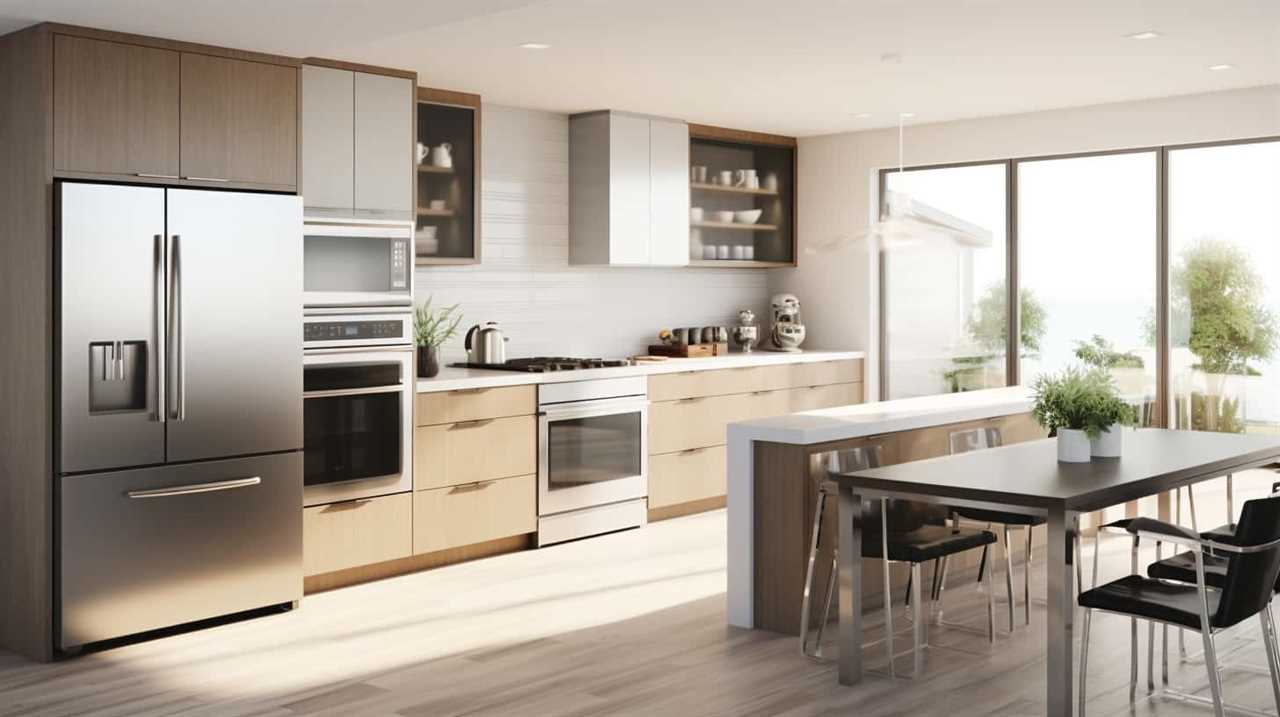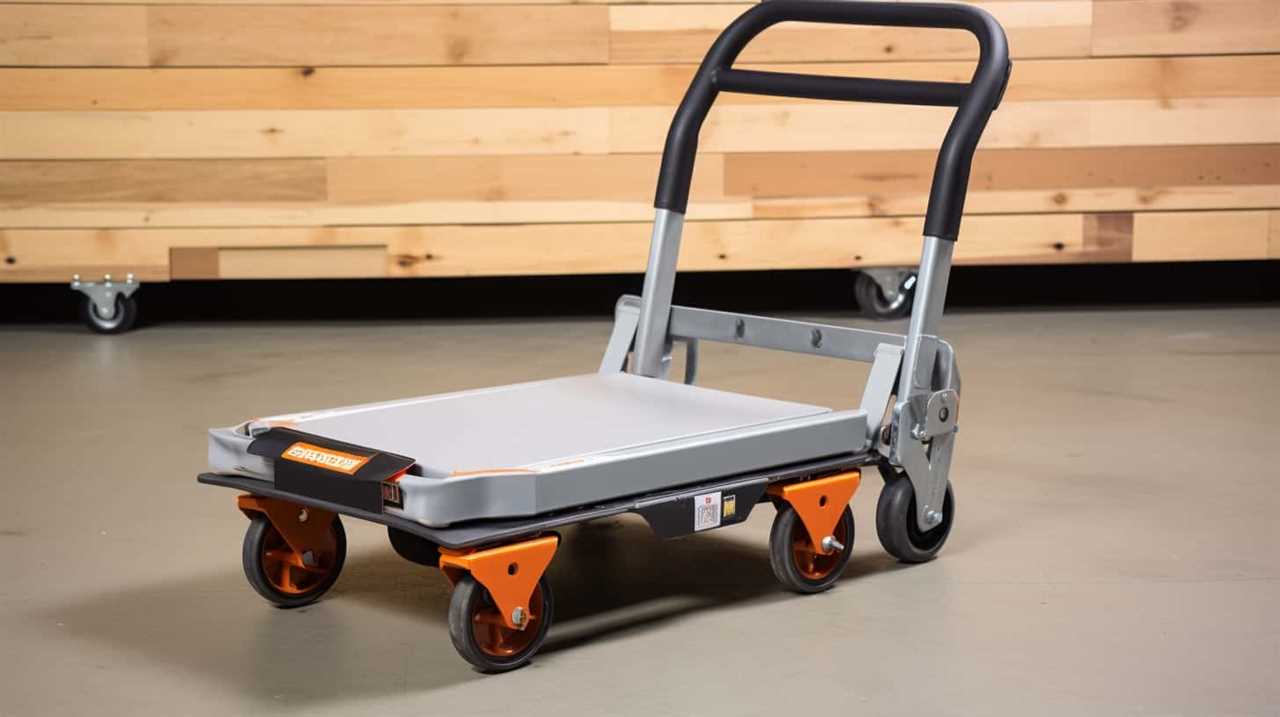We understand your curiosity – do appliances on standby mode really consume electricity? The response might astonish you.
In this article, we’ll dive into the world of standby power and uncover the truth behind this common misconception.
We’ll explore the impact of appliances in standby mode on energy consumption and reveal the hidden costs that come with it.
But don’t worry, we’ll also provide you with some tips to reduce your standby power and discuss the future of this energy-saving practice.

Key Takeaways
- Standby power refers to the electricity consumed by electronic devices in standby or idle mode.
- Many people are unaware of the significant amount of energy wasted by appliances on standby.
- Standby power can account for up to 10% of a household’s energy usage.
- Unplugging appliances or using power strips with on/off switches can reduce standby power consumption.
Understanding Standby Power
To fully grasp the concept of standby power, we must first understand the role it plays in our daily energy consumption. Standby power refers to the electricity consumed by electronic devices even when they’re in standby or idle mode.
Many people aren’t aware of the significant amount of energy wasted by appliances on standby. This lack of awareness has led to a growing interest in standby power saving initiatives. By adopting simple habits like unplugging devices when they aren’t in use or using power strips with switches, we can reduce unnecessary standby power consumption.
Additionally, advancements in technology have led to the development of more energy-efficient appliances that consume less standby power. Increasing standby power awareness and implementing standby power saving initiatives are crucial steps towards achieving a more sustainable and energy-efficient future.
Common Appliances on Standby
When it comes to appliances on standby, it’s important to consider their energy consumption and the cost of keeping them idle.

Many common appliances, such as televisions, computers, and gaming consoles, continue to draw power even when not in use.
This standby power usage can add up over time, resulting in higher electricity bills.
Energy Consumption on Standby
Common appliances on standby consume electricity even when they aren’t actively being used. This phenomenon, known as standby power, is a significant contributor to energy consumption in households. Measuring standby power is crucial in understanding the impact of these appliances on our energy usage.
To shed light on the energy consumption on standby, here are three important points to consider:
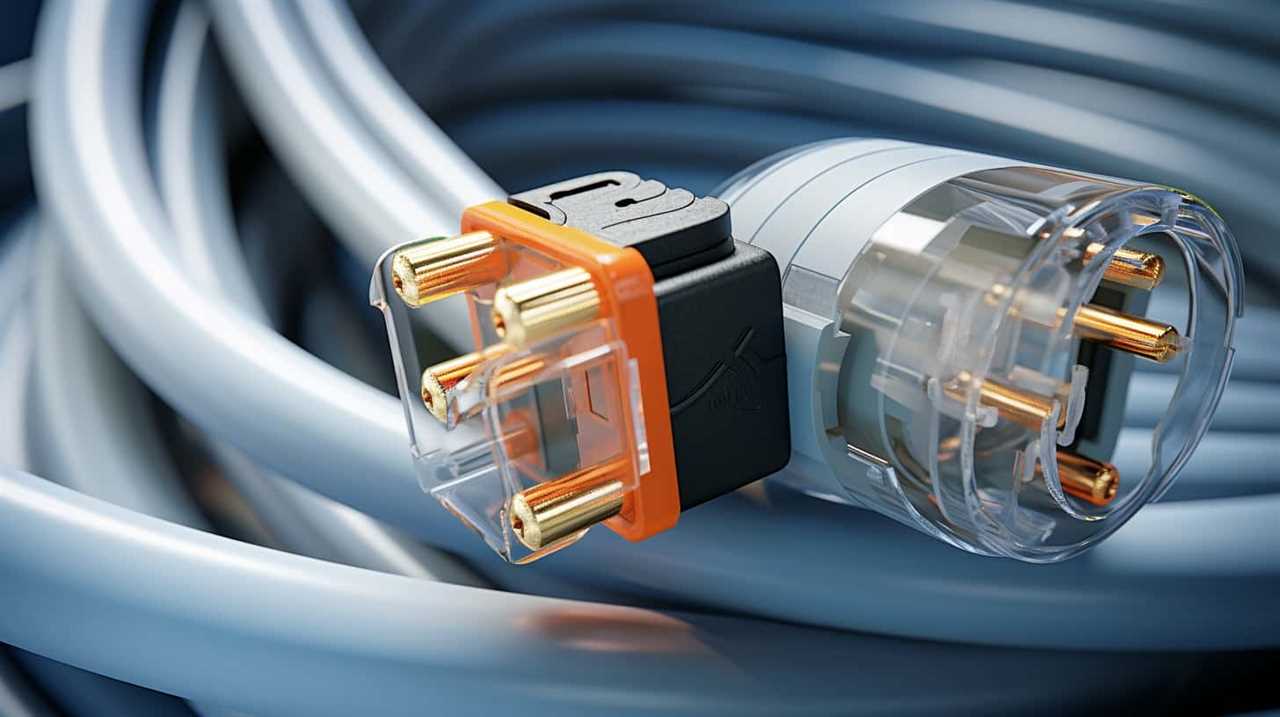
- Standby power can account for up to 10% of a household’s energy usage, even when appliances aren’t in use.
- Devices such as televisions, game consoles, and chargers are often left on standby mode and continue to draw power.
- Using power strips with an on/off switch can help reduce standby power consumption by cutting off the power supply to multiple devices simultaneously.
Cost of Idle Appliances
So, how much does it actually cost to have common appliances on standby? Let’s take a look at the hidden costs and the impact on our bills. Here is a table summarizing the estimated annual energy consumption and cost of idle appliances commonly found in households:
| Appliance | Energy Consumption (kWh/year) | Cost (per year)* |
|---|---|---|
| Television | 50 | $5.50 |
| Game Console | 35 | $3.85 |
| DVD Player | 25 | $2.75 |
| Microwave Oven | 20 | $2.20 |
*Based on an average electricity cost of $0.11 per kWh.
As you can see, the costs may seem small individually, but they can quickly add up when we consider multiple appliances in our homes. Now, let’s explore the myth of the "off" mode and uncover whether appliances truly stop consuming electricity when turned off.
The Myth of "Off" Mode
We often believe that appliances in ‘off’ mode don’t consume electricity, but this is a common misconception. The truth about ‘off’ mode is that many appliances still draw a small amount of power, known as standby power, even when they aren’t in use. This standby power is used to power features like clocks, remote control sensors, and instant-on capabilities.
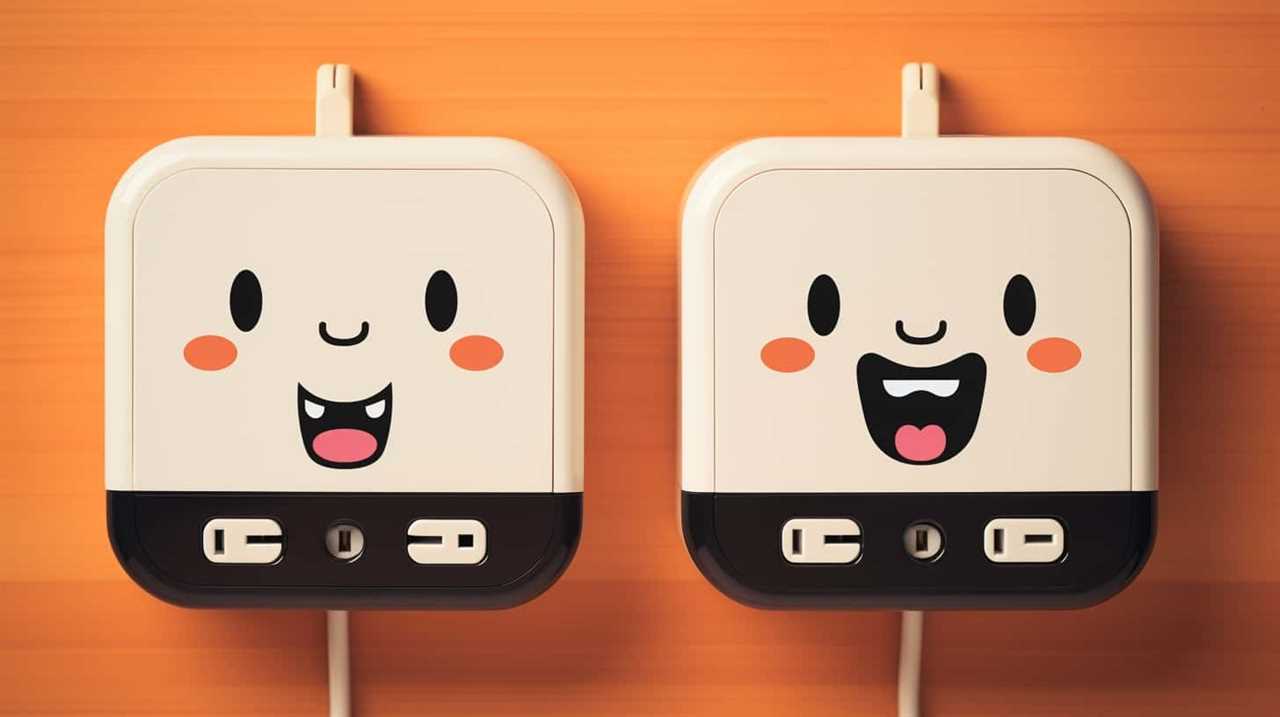
Here are three important facts to consider about the environmental impact of standby power:
- Standby power can account for up to 10% of a household’s electricity consumption.
- Worldwide, standby power accounts for the same amount of greenhouse gas emissions as approximately 70 million cars.
- Unplugging appliances or using power strips with an on/off switch can help reduce standby power consumption and save energy.
Understanding the truth about ‘off’ mode and its environmental impact can empower us to make more conscious choices in our energy consumption.
Calculating Standby Power Consumption
Now let’s talk about calculating standby power consumption.
One of the key ways to do this is by identifying energy vampires, which are appliances that continue to use electricity even when in standby mode.
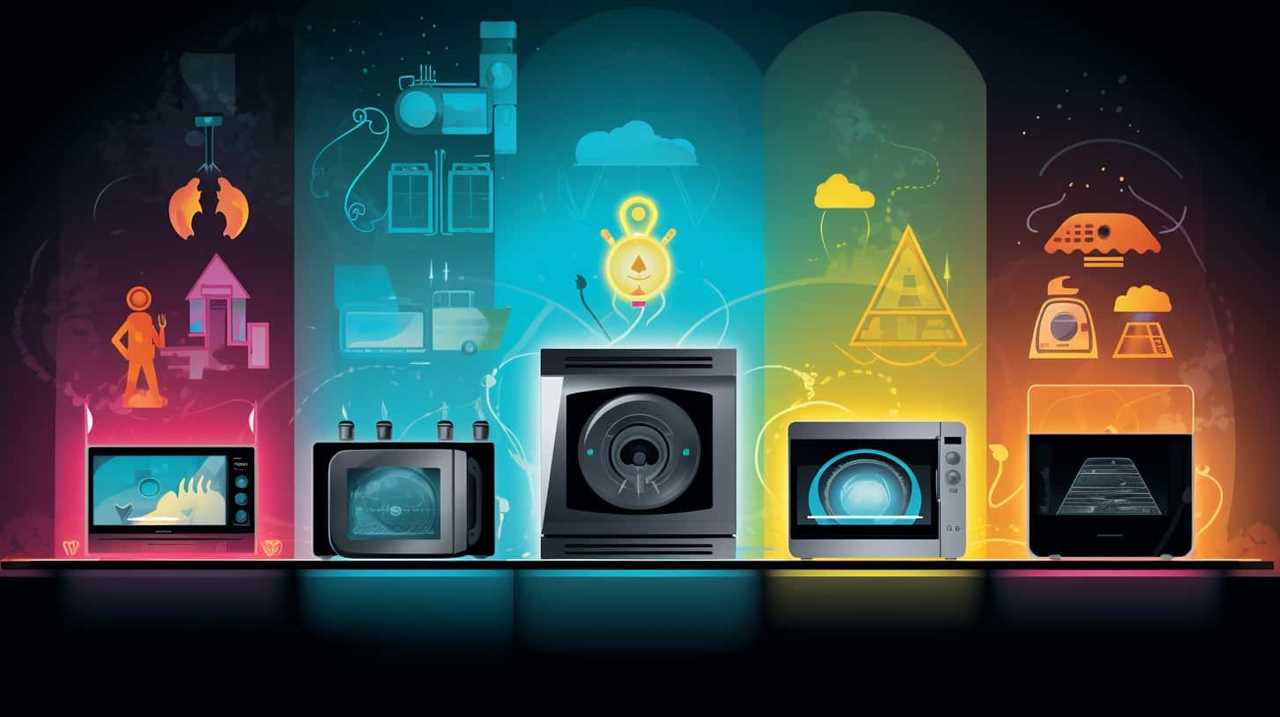
By understanding which appliances are the biggest contributors to standby power usage, we can take steps to reduce their impact.
This can include unplugging devices when not in use, using power strips with on/off switches, or investing in energy-efficient appliances.
Identifying Energy Vampires
To accurately determine the power consumption of appliances on standby, it’s important to identify energy vampires through calculating their standby power usage. Energy vampires refer to devices that consume power even when not in use, contributing to wasted energy and higher electricity bills.
Here are three key factors to consider when identifying energy vampires:

- Look for devices with continuous display or indicator lights, such as digital clocks or power-on lights.
- Pay attention to devices with remote controls or standby modes, as they often draw power to remain ready for use.
- Consider the age of the appliance, as older models tend to have higher standby power consumption.
Reducing Standby Power Usage
To reduce standby power usage and calculate standby power consumption, we can take proactive measures to identify and address energy vampires in our household appliances. One effective solution is to use smart power strips. These power strips are equipped with features that help eliminate standby power consumption. They can automatically turn off power to devices that aren’t in use or in standby mode. This ensures that energy isn’t wasted unnecessarily.
Additionally, investing in energy efficient appliances can significantly reduce standby power usage. Energy efficient appliances are designed to consume less power when in standby mode or not in use. By replacing old appliances with energy efficient ones, we can further minimize standby power consumption and save on electricity bills.
Impact on Energy Usage
Our research shows that a significant amount of energy is consumed by appliances on standby. This has a direct impact on energy usage and contributes to environmental degradation. To help you understand the implications, here are some key points to consider:
- Appliances on standby can account for up to 10% of household energy usage.
- Even when not in use, these appliances continue to draw power, resulting in unnecessary energy wastage.
- The cumulative effect of standby power consumption by multiple appliances across households is substantial.
Understanding the impact of appliances on standby power usage is crucial for making informed energy-saving decisions. By implementing energy-saving tips and reducing standby power consumption, we can mitigate the environmental impact and reduce our overall energy usage.

However, the hidden costs associated with appliances on standby go beyond energy consumption.
Hidden Costs of Appliances on Standby
We need to consider the hidden costs of appliances on standby. While it may seem harmless to leave devices plugged in and on standby mode, it actually contributes to what experts call ‘energy vampires.’
These energy vampires are appliances that continue to draw power even when they aren’t in use. The hidden costs of appliances on standby can add up over time, resulting in higher energy bills and unnecessary environmental impact.
Studies have shown that standby power can account for up to 10% of a household’s electricity consumption. By simply unplugging or using power strips to completely cut off power to these energy vampires, we can save money, reduce our carbon footprint, and increase our energy efficiency.

Tips to Reduce Standby Power
One way to reduce standby power consumption is by implementing simple strategies in our daily routines. Here are three tips to save energy and reduce standby power:
- Unplug appliances when not in use: Many appliances continue to draw power even when they’re turned off or in standby mode. By unplugging them when not in use, we can eliminate this ‘phantom’ energy usage.
- Use power strips: Power strips with on/off switches allow us to easily turn off multiple appliances at once. This is especially useful for devices like computers, televisions, and gaming consoles that have multiple components.
- Invest in smart power outlets: Smart power outlets can be controlled remotely via smartphone apps. This allows us to turn off appliances even when we’re not at home, reducing standby power and saving energy.
By following these simple tips, we can significantly reduce standby power consumption and save energy.
Transitioning into the next section, let’s explore the future of standby power and how advancements in technology can help us further minimize energy waste.
The Future of Standby Power
As we look ahead to the future of standby power, advancements in technology are poised to revolutionize energy conservation. Smart home technology is one of the key areas where we can expect significant improvements.
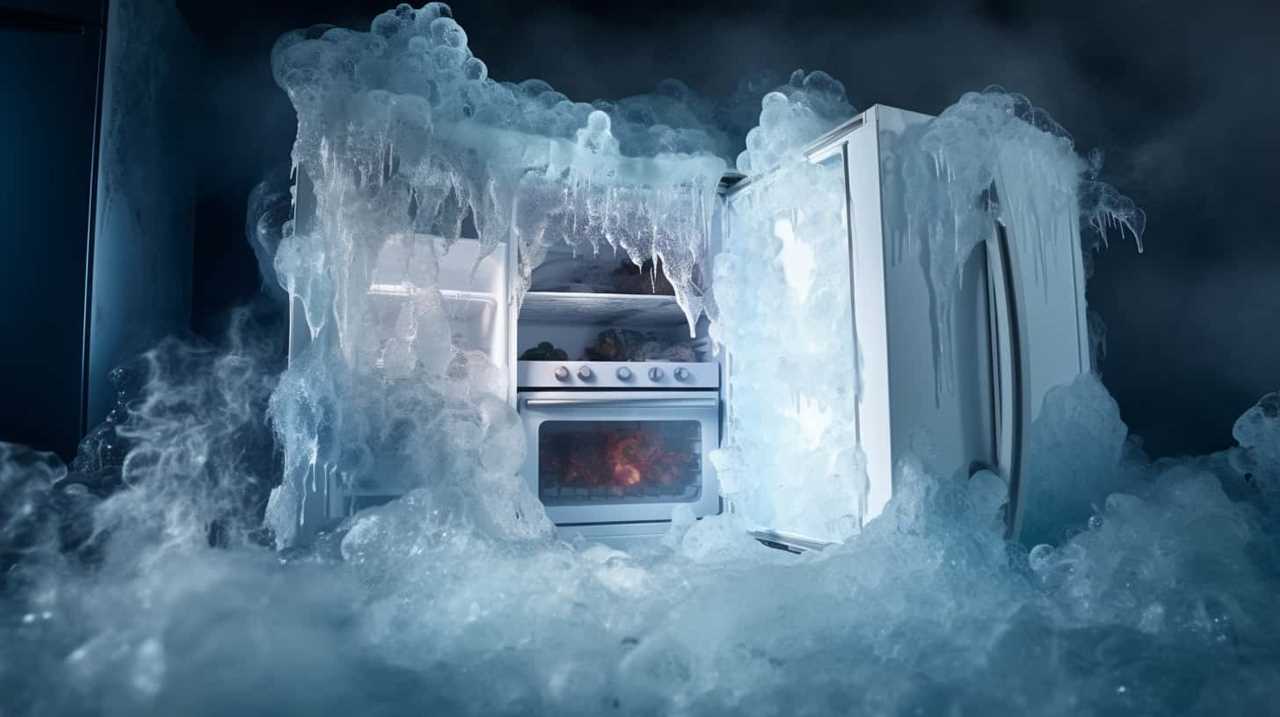
With the integration of smart devices and appliances, homeowners will have more control over their energy usage. For example, smart thermostats can learn your habits and adjust the temperature accordingly, saving energy when you’re away.
Additionally, government regulations play a crucial role in shaping the future of standby power. Stricter energy efficiency standards can incentivize manufacturers to develop more energy-efficient products. Furthermore, regulations can encourage the adoption of smart home technology by providing incentives or subsidies.
With the combination of technological advancements and supportive government policies, the future of standby power looks promising in terms of reducing energy waste and promoting sustainability.
Frequently Asked Questions
Can Appliances on Standby Mode Cause Any Damage to the Device or Shorten Its Lifespan?
Appliances on standby mode can potentially pose risks and shorten their lifespan. It is important to consider the energy conservation aspect and be aware that they still use electricity when in standby mode.

Are There Any Safety Concerns Related to Leaving Appliances on Standby Mode?
Leaving appliances on standby can pose safety concerns and contribute to unnecessary energy consumption. It’s like leaving a faucet dripping, gradually wasting resources. It’s important to be mindful and turn off appliances completely when not in use.
Can Appliances on Standby Mode Contribute to an Increase in Household Electricity Bills?
Appliances on standby mode do use electricity, which can contribute to an increase in household bills. To reduce standby power consumption, we recommend unplugging devices when not in use. This helps conserve energy and supports environmental conservation efforts.
Do All Appliances Consume the Same Amount of Standby Power, or Are There Variations?
Yes, there are variations in standby power consumption among appliances. Some have energy-saving features that reduce their electricity usage while on standby. It is important to choose appliances with these features to save energy and lower bills.
Is There Any Difference in Standby Power Consumption Between Older and Newer Appliances?
There is a difference in standby power consumption between older and newer appliances. Newer appliances often have energy-efficient standby modes, which can greatly reduce electricity usage compared to older models.

Conclusion
In conclusion, appliances on standby may seem harmless, but they act as silent energy vampires, sucking electricity and increasing our energy bills.
Like a sleeping beast, they lurk in our homes, consuming power even when we think they’re off.
It’s important to be aware of this hidden enemy and take steps to reduce standby power consumption.
By unplugging unused devices and utilizing power strips, we can slay these energy vampires and save both energy and money.

